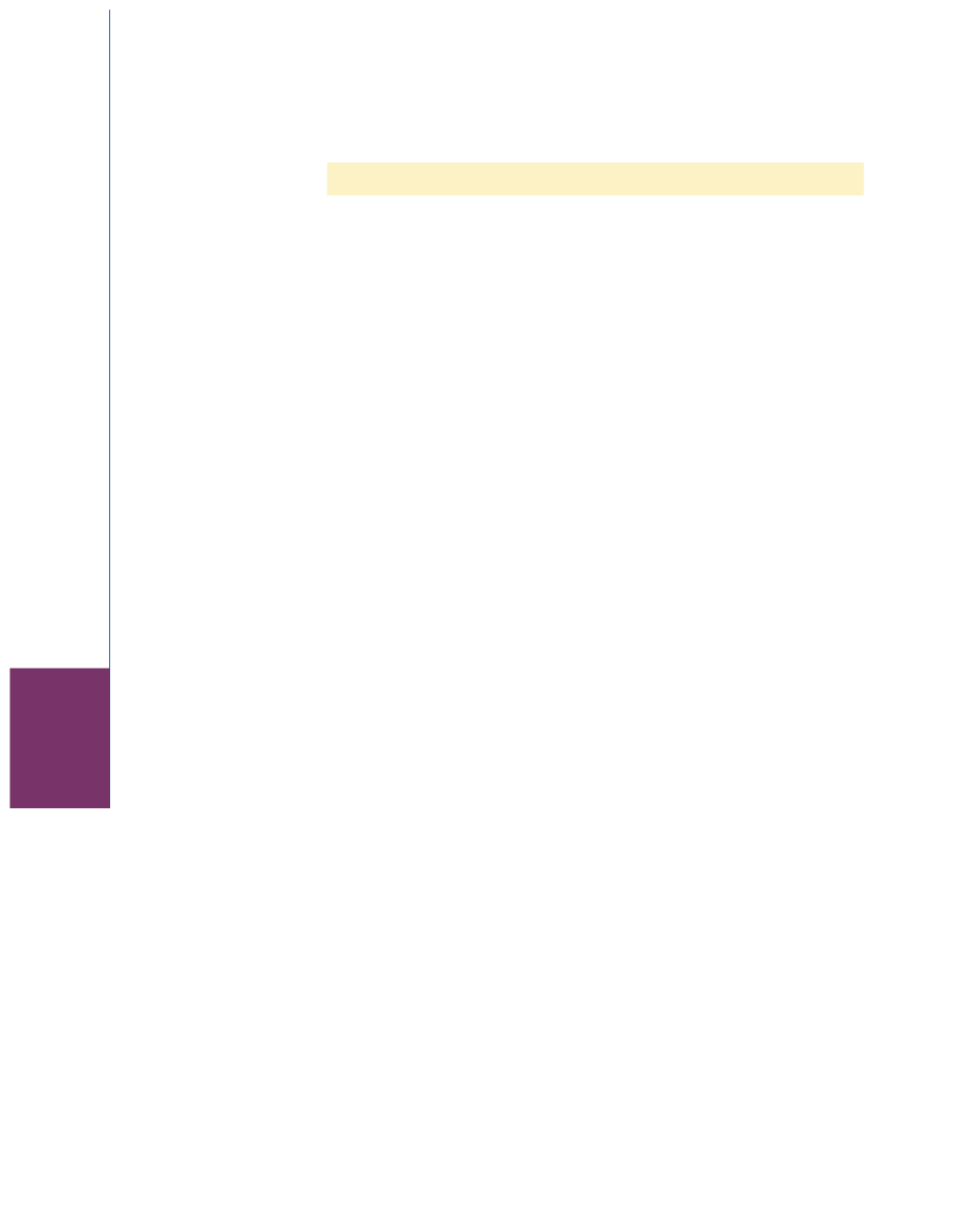
Organization of Arab Petroleum Exporting Countries
Petroleum
Devolopments
Volume 40 Issue 5
32
4. Oil Inventories
In February 2014, OECD commercial oil inventories decreased by
13 million barrels from the previous month to settle at 2506 million
barrels – a level that is 139 million barrels lower than a year ago. It is
worth mentioning that during the month, commercial crude inventories
in OECD increased by 13 million barrels to reach 944 million barrels,
whereas commercial oil products inventories decreased by 26 million
barrels to reach 1562 million barrels.
Commercial oil inventories inAmericas remained stable at the same
previous month level of 1270 million barrels, of which 499 million
barrels of crude and 771 million barrels of oil products. Commercial
oil Inventories in Europe increased by 8 million barrels to reach 886
million barrels, of which 306 million barrels of crude and 580 million
barrels of oil products. whereas Commercial oil inventories in Pacific
decreased by 21 million barrels, to reach 350 million barrels, of which
139 million barrels of crude and 211 million barrels of oil products.
In the rest of the world, commercial oil inventories increased by 30
million barrels to reach 2388 million barrels, and the Inventories at sea
increased by 17 million barrels to reach 1045 million barrels.
As result, Total Commercial oil inventories in February 2014
increased by 17 million barrels comparing with the previous month to
reach 4894 million barrels – a level that is 36 million barrels lower than
a year ago.
Strategic inventories in OECD-34, South Africa and China went up
by 3 million barrels comparing with the previous month to reach 1870
million barrels – a level that is 9 million barrels lower than a year ago.
Total world inventories, at the end of February 2014 were at
7809 million barrels, representing an increase of 37 million barrels
comparing with the previous month, and an increase of 61 million
barrels comparing with the same month a year ago.
Table (9)
in the annex and
figure (7)
show the changes in global
inventories prevailing at the end of February 2014.


